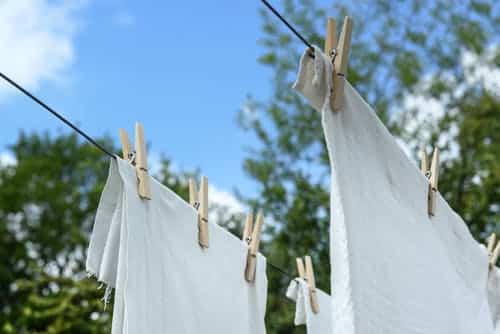
Every day we use energy in our homes but never really keep track of just how much we use on a daily basis. There’s no realistic way to consistently track every kilowatt of electricity you use, but more and more people are becoming more conscious and aware of how their energy use negatively impacts the environment and wants to do something about it.
The only problem is that no one really knows how to go about making the changes…
There are typically two major reasons why people are becoming more passionate about their energy consumption at home, and they go hand in hand. The first reason is that people want to save money on their electric bill and the second reason is that people genuinely want to do their part in helping save the environment.
No matter the motivation, it’s a win-win for you, either way you look at it. But again, the most difficult part people are having trouble figuring out is how to go about making the changes. But no worries, we have the easiest and most feasible ways to help you not only lower your electric bill but also reduce your impact on the environment.
Here’s how you can lower your electric bill and make a positive impact on the environment by reducing your energy consumption at home.
Switch to Energy-Saving Light Bulbs
You may not realize it but traditional incandescent light bulbs waste 95% of energy just in producing heat. In fact, only 5% goes to actual light… That’s extremely wasteful. According to energy.gov, by 2027, the use of LED light bulbs could save 348 TWh of electricity and save $30 billion in today’s electric prices. So if you needed a reason to switch to energy-saving light bulbs, this is it!
Hang Your Clothes to Dry
Hanging your clothes out to dry might sound a little old-fashioned but it’s actually not. More and more people are doing this for many reasons. For one, when you use your clothes dryer, it makes your house get extremely hot, forcing your A/C to work harder to keep your home cooler. Secondly, by hanging your clothes out to dry, you’re getting the scent of fresh air on your clothes and towels/sheets.
If you don’t have the space to hang your laundry outside on a clothesline, you can always buy a clothes hanging rack for indoors. But if you must have a clothes dryer, consider an energy-efficient dryer.
Switch to Alternative Electricity
All too often people feel they’re stuck with their traditional electricity provider because that’s just the supplier for their area. But that’s not the case. You indeed have the power to step away from your traditional supplier and switch to an alternative one.
For example, if you live in Texas, you can compare all energy suppliers in TX before deciding on one. It’s simply a matter of searching your zip code to see if that option is available in your area.
Turn the Lights Off in Rooms Not Being Occupied
This is a common-sense way to reduce your energy consumption at home, but you’d be surprised at how many people fail to do this. It’s simple really; When you leave out of one room, just make sure you turn off the light before going into another room. This can be hard to remember sometimes but you have to make a conscious effort to do so.
Wash Your Clothes in Cold Water Instead of Hot Water
Washing machines and laundry detergent are designed to clean just as well in cold water as it does in cold water. If you were to wash your clothes in only cold water except for when you need to disinfect, you could save at $60 or more annually. See what your electric bill looks like after washing your clothes in only cold water.
Turn Off Electronics That Aren’t in Use
Things like your computer, TV, table lamps, etc are all wastes of energy when they’re not in use. For your computer, when you see the indicator light is on, that means it is burning unnecessary energy. Either turn off these items or completely unplug them.
Keep Your Thermostat Low
Your thermostat is one of the biggest contributors to a high electric bill… What people fail to realize is that it doesn’t have to be. Our minds have a way of playing tricks on us in more ways than one, and one of the biggest ways it does that is with our body temp in comparison to the outside temp.
In cold temperatures, our minds tell us that the thermostat needs to be on a high temperature like 80 degrees when the temperature outside is 67 degrees. The truth of the matter is that if you can stand your thermostat being on 67 or 68 degrees, and just wear warmer clothes at home, your body will naturally feel warmer because your home’s interiors aren’t as cold as it is outside.
Our minds just tell us to turn the thermostat up but we really don’t need to, to feel warm. But keeping your thermostat a little bit above or below what the temperature is outside is a major energy-saving and money-saving hack to live by.